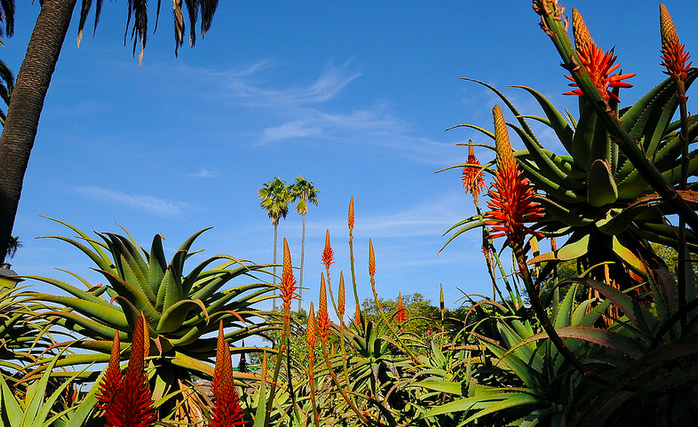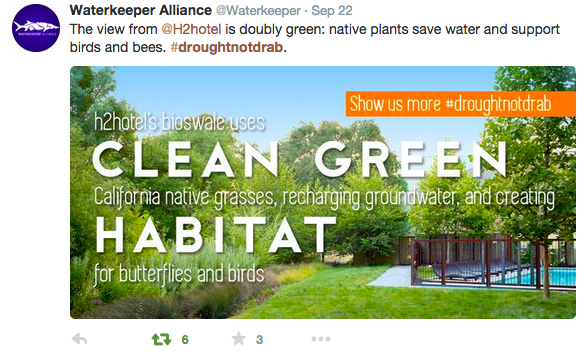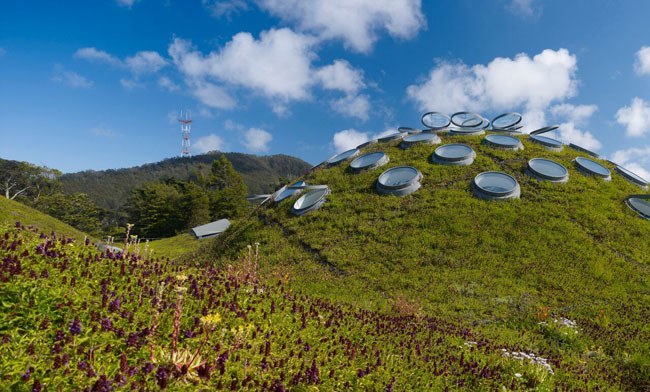
Drought Not Drab: Changing California Gardens (For The Better!)
So, this whole drought in California thing is pretty rough. But the truth is, even when there is an occasional rainstorm, the California landscape isn’t meant to look like that of New York or Vermont. We live in a big country that contains lots of different climates—that’s one of the things that makes traveling around the U.S. so great.
But people persist in trying to bend nature to their will (guess who’s going to win that one?): California gardens use up to 80% of their water supply on maintaining plants that simply aren’t supposed to grow there!
That’s just not very smart planting (or planning).
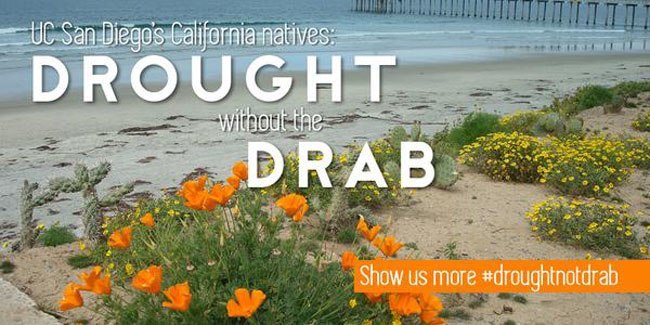
So maybe this drought is actually a good thing, inasmuch as it’s an important lesson for human beings to learn at this point in our global warm trajectory. These issues are not going away, so let’s start taking action now (Case in point: Eco-Chick’s editor-in-chief, Starre, has planted a lovely succulent garden above her back patio that gets entirely watered with the bucket that fills while she waits for her shower water to warm up—easy solution!). I have also planted a Victoria plum tree that I found for sale recently and it’s absolutely amazing, so I very much suggest you plant one too!
There are so many beautiful plants that are native to hot, dry areas, and that’s why the Drought Not Drab campaign exists. This collaboration between California Coastkeeper Alliance, California Waterkeepers, Blue Business Council Members and 1% For The Planet is showing Californians how to make their gardens gorgeous and sustainable. The campaign logo reminds us that California should go “back to its roots,” returning to the way it evolved naturally over millennia.
We are pretty into beautiful, natural landscapes, and so we’ll be taking shots and tagging them on Twitter and Instagram #droughtnotdrab.
Those changes can make a difference. As the Pacific Institute states, if Californians replaced their non-native plants with indigenous, drought-resistant plants, they could save 70% of the outdoor water they use. That’s huge!
Not to mention the many ways in which landscaping can improve upon the natural resources of the land, like how this “living roof” at the California Academy of Arts and Sciences prevents runoff from carrying toxins into the soil.
Most people can list some basic requirements for a healthy, green landscape: sunlight, good soil, and water. The landscaping professionals from a good company like landscape and drainage services Downers have over a decade of experience making sure that your property has plants to fit the sun-to-shade ratio of your lawn or yard.
Image from photographer Tim Griffith
Want to show off your sustainable garden, or get ideas about how to change things up in your home? Search #Droughtnotdrab on Twitter. And just think—if you want a Vermont-style lawn, live in Vermont! If you’re in California, enjoy it in all its natural glory.
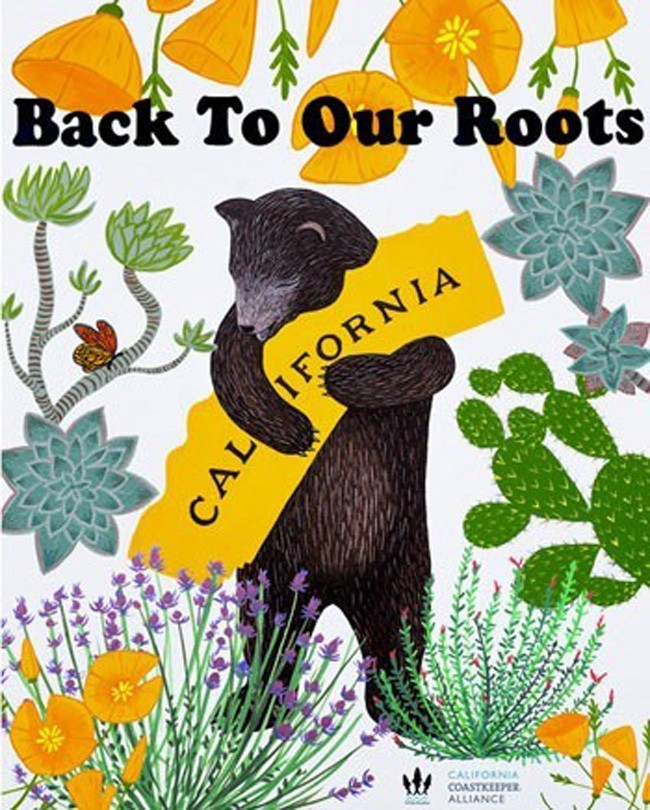
Main image via Flickr User tdlucas5000.



